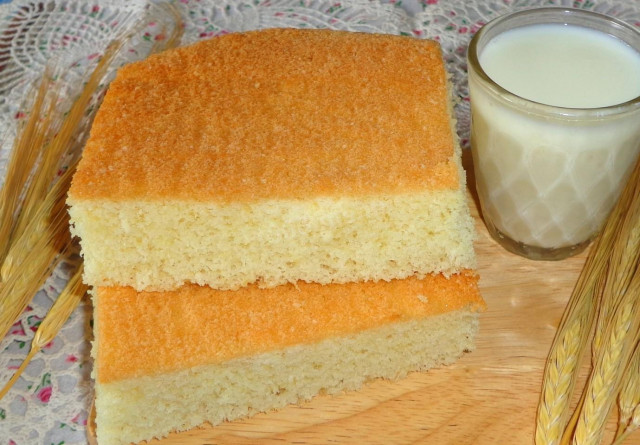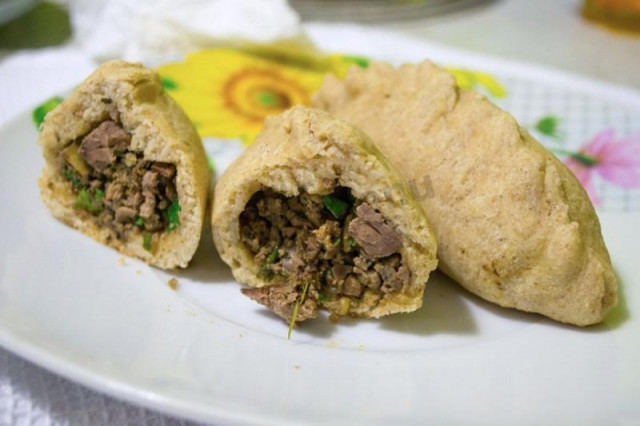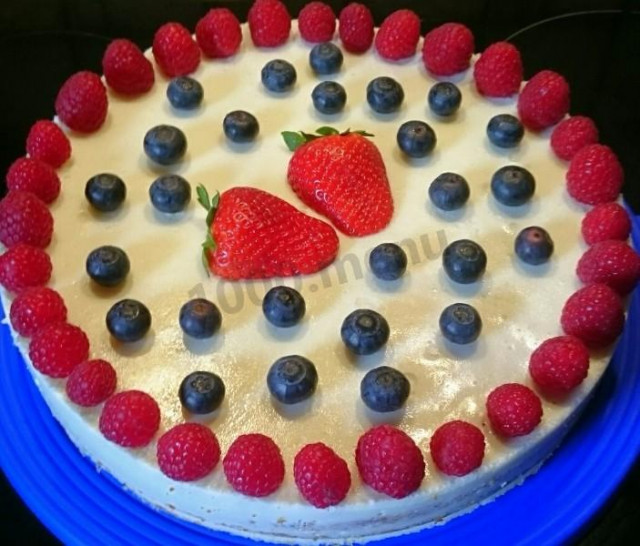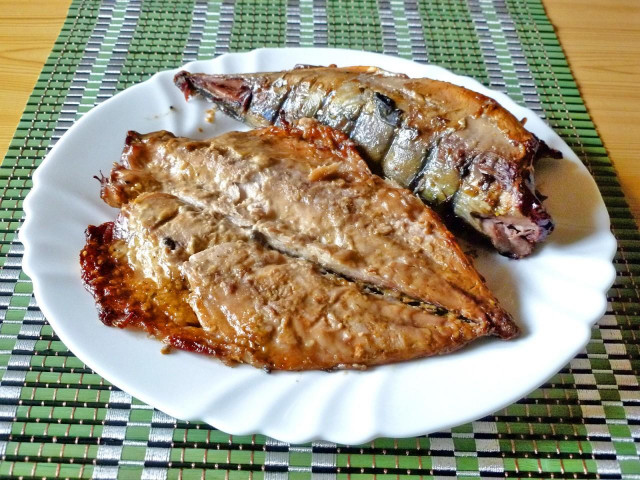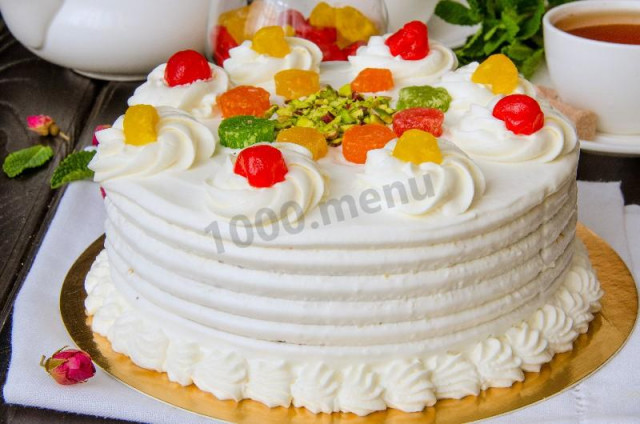Composition / ingredients
Cooking method
How to bake buckwheat bread?
To bake this bread, you do not need to look for buckwheat flour on sale and overpay for it. The use of ordinary buckwheat makes the recipe not only useful, but also budgetary.
Preheat a dry frying pan to a hot state and pour buckwheat on it. Stirring constantly, fry the grits until slightly darkened and a pleasant smell appears. Remove from the heat and pour the buckwheat into a plate to cool down. You can not leave it in the pan, its red-hot surface will continue to fry the grits and it may burn.
Pour water into a saucepan or saucepan and put it on the stove. Preheat the water to 35 degrees (warm state) and add sugar. Turn off the heat and stir until the sugar is completely dissolved. After that, add dry yeast. Stir the contents and leave for 7-10 minutes to activate them.
Meanwhile, the buckwheat has already cooled down enough, we turn it into coarse flour with a coffee grinder. If there is too much buckwheat, chop it in several batches and pour it into an empty plate.
Sift wheat flour into a deep bowl. Add the ground buckwheat to it, stir the dry ingredients until evenly combined.
Mix the yeast mixture with a fork and pour it into the flour. Add vegetable oil to the same place and mix. Sunflower or corn oil can be taken odorless, in half with olive oil, to improve the taste and aroma.
The resulting dough can be kneaded with a bread maker, but it will turn out no worse with your hands. We knead it with our hands greased in vegetable oil, stretching and folding it with an envelope. We form the soft dough into a ball, put it in a bowl, which we pre-lubricate with vegetable oil, cover with a film and leave it to approach in a warm place.
After an hour, the dough will increase in volume and you can start forming bread. We spread the dough on a table dusted with flour, stretch it to the sides, fold it with an envelope and repeat the movement several times in different directions. After that, you can form a bun. It can be any desired shape, today a beautiful loaf.
To do this, we bend a wide strip on a rectangular piece of dough, then turn the corners inside on both sides and then turn the dough inside twice. It turns out a bun of an elongated shape with pointed edges. We spread it on a floured baking sheet, paper or silicone mat.
Sprinkle the top with flour, make several incisions on the surface and send the dough to the oven for proofing. After 30 minutes, when the volume of bread increases significantly, we take the baking sheet out of the oven and warm it up to 200 degrees. At the bottom we install a small container with water and put the bread to bake.
Bake for 25 minutes at 200 degrees and do not open the oven during this time, otherwise the bread may go down. After a while, we cover it with foil with the shiny side up and bake for another 15-20 minutes until ready.
To make sure that the bread is ready, you can turn it upside down and knock with your knuckles. The sound should be muffled. We put it on the grill and try to wait for it to cool completely before serving it to the table.
Bon appetit!
Be prepared for the fact that you may need more or less flour than indicated in the recipe. Focus not on the amount of flour, but on the desired consistency of the dough. To avoid mistakes, read about flour and its properties!
Keep in mind that everyone's ovens are different. The temperature and cooking time may differ from those specified in the recipe. To make any baked dish successful, use the useful information about the features of ovens !
Important: how to properly replace dry yeast with pressed yeast, in which liquid it is better to breed, why you need to be able to distinguish active yeast from instant and other useful tips read in an article about yeast .
Caloric content of the products possible in the composition of the dish
- Buckwheat (whole grain) - 335 kcal/100g
- Dark buckwheat flour - 333 kcal/100g
- Light buckwheat flour - 347 kcal/100g
- Boiled buckwheat - 163 kcal/100g
- Buckwheat - 313 kcal/100g
- Granulated sugar - 398 kcal/100g
- Sugar - 398 kcal/100g
- Vegetable oil - 873 kcal/100g
- Salt - 0 kcal/100g
- Water - 0 kcal/100g
- Wheat flour - 325 kcal/100g
- Dry yeast - 410 kcal/100g


